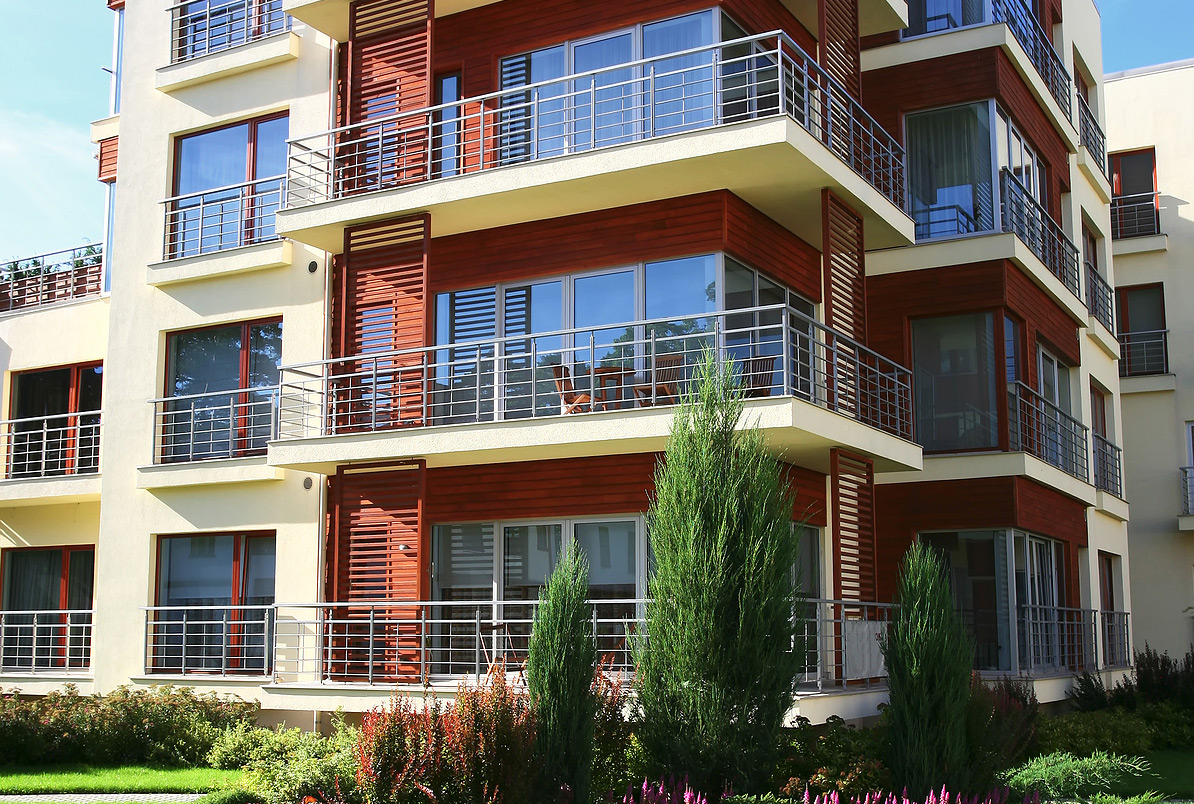What is the difference between Class A, Class B, and Class C multifamily real estate? Which real estate asset class is the best? Do property classes even matter?
When I talk with multifamily real estate clients and investors, I get these questions all the time. In this article, I hope to bring some clarity around these concepts and also help you understand the inherent ambiguity with using terms like these to define multifamily real estate property classes.
First, I’ll give you a synopsis of what each real estate asset class entails, and then I will explain why it matters.
Multifamily Real Estate Property Classes Defined (Well, Kind of)
Before I get into the discussion of the various classes of properties, I want to make sure to make a distinction between the property class and the neighborhood class. So often, people merge these two concepts together when they shouldn't. It is extremely important to distinguish between the neighborhood class and the property class when analyzing a potential multifamily investment.
- Class A Properties: Generally speaking, think of Class A properties as the brand new, fully amenitized, state-of-the-art properties that cater to a more wealthy clientele. By today's standards, the amenity packages at these properties are almost resort-like and the units typically have the latest in-home technology. Obviously, they are also some of the most expensive apartments in the market.
- Class B Properties: Typically, Class B properties include properties that are no longer brand new, and, although they typically have great amenity packages, they're not quite as robust as Class A properties. Their rent structures are generally slightly lower than Class A properties, but still offer fairly current floor plans, in-unit amenities but are more affordable.
- Class C Properties: Normally, Class C properties are considerably older, offer few amenities, and are generally not as well kept. They could also include some significant deferred maintenance and sometimes even obsolete floor plans.
- Class D Properties: Sometimes people don't recognize that there is another class of properties below Class C properties. When I refer to a class D property, I generally mean that the property is clearly not well kept, has significant deferred maintenance, may or may not have any amenities, and may or may not be older than a Class C property. The main theme of a class D property is that it is clearly in need of some major TLC.
How to Use Property Classes to Analyze Potential Multifamily Investments
Each of the above classes of properties has its own relative attributes. Throughout my investing career, I have seen a great deal of subjectivity when classifying a property as a Class B or Class C property. Most people have no difficulty identifying the Class A properties and most people don't have any difficulty identifying the Class D properties. It is sometimes the B & C designations that sometimes become blurred. This is especially true when trying to distinguish between a C+ property and a B- property.
Because of this blurring of the definition of B & C class properties, I recommend that you be careful when talking with brokers and investors about the type of property you're looking at. Oftentimes, B Class properties are viewed positively and C Class properties are viewed very negatively, so be sure you are careful with your words and define exactly what you mean to avoid any misunderstandings.
As I mentioned above, I don't want you to merge the concept of neighborhood class and property class into one definition. I say this because some of the most profitable investments are made by people who are able to understand when there is a mismatch between the property class and the neighborhood class.
A perfect example of this is an investor who finds a D Class property in a C+ or B- neighborhood. In our value-add investing world, this is analogous to finding the ugliest house on the street. If you have a property that, because of its condition and upkeep, is not as nice as the neighborhood and properties around it, you may have the potential to make that property nicer and bring it up to the standards of the neighborhood. That is usually how you find a value-add project which will potentially allow you to make significant profits.
Alternatively, if you find a beautiful property in a neighborhood that is declining or is in a lower-class neighborhood (lower than the subject’s property class), then it is going to be very difficult to add value to that property because the neighborhood and surrounding properties will likely hold back the value of the beautiful property. In most cases, that situation only changes, or at least becomes tolerable, if the other properties in the neighborhood happened to be in the process of being upgraded.
As you can see, finding these mismatches between neighborhood classes and property classes is one of the many things you can use to help identify potentially profitable investments.
For more information about real estate investing or potentially investing in one of our funds, please don't hesitate to reach out to me.


